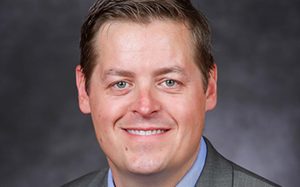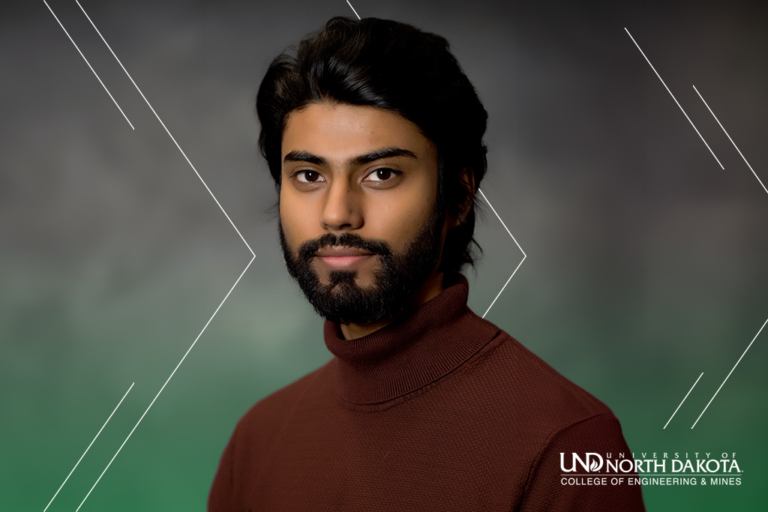UND Engineering growing in enrollment, collaborations

Enrollment in UND’s College of Engineering and Mines is on the rise, as are cross-campus collaborations.
Total headcount for CEM is 1,889 students this fall. It eclipsed the aerospace school by about 100 students this year and is now the second largest college behind UND’s College of Arts and Science.
But interim dean Brian Tande says there’s still room to grow and collaborations to add.
The college is involved with many aspects of campus, said Tande, who took over leadership of the college this summer following the departure of Hesham El-Rwini. Engineering students and faculty assist the aerospace school with UAS research or help the Energy and Environmental Center with energy-related projects.
Tande said he wants to continue to grow those collaborations.
“Gone are the days where UND consisted of a bunch of silos, and now it’s all about collaboration,” he said.
That collaboration stretches beyond just working on research together and is now going into data science.
“We’re trying to really raise the profile data science at UND and within this region,” Tande said. “And we’re doing that with a conscious effort to include all parts of campus.”
Earlier this year former UND President Mark Kennedy announced that UND would be investing a total of $10 million over the next six years in the College of Engineering and Mines, specifically for a Computational Data Science Initiative. The initiative will be led by Ryan Adams, director of the School of Electrical Engineering and Computer Science at UND.
The money will supplementing college resources to hire six new computational scientists. The new hires are intended to bolster the university’s standing in future-facing technologies, such as artificial intelligence, machine learning and cyber studies, technologies vital to the state’s economic health.
The investment over six years is more than just salary and benefits for the six scientists. Each will come with expertise and resources to apply computational expertise to research in all fields across campus as well as provide fertile ground for more post-docs, doctorates and funded research opportunities.
The new hires will be part of a “Big Data hub,” to be housed in a renovated Babcock Hall when completed.
The college’s biomedical engineering department recently made a joint hire with the UND School of Medicine and Health Sciences to do bioinformatics, which includes data science applications. While Tande said he’s not an expert in the field, the hire does research related to machine learning and deep learning to try and detect cancer. The college also made a joint hire with the EERC.
“We’re trying to identify other areas where there’s a common need,” Tande said.
Experts in big data are needed now more than ever as computing and data continue to advance, Adams said.
“You can only go so far when you’re an expert in the medicine,” he said. “You can only go so far with the computing stuff on your own and often you need that support from an expert that really understands the computing.”
Adams notes that the concept of “big data” and computational science can be difficult for a lot of people to understand. But as the internet has been come more and more vast, the amount of data available is endless, Adams said.
“We now have access to so much data, it’s very, very difficult to sift through it all. There’s just there’s just too much information to digest at one time,” he said. “So, we go to trusted sources that give us data that … I can interpret.”
Adams likened the growth in data to the way a physician’s office works. A person goes to the doctor with an issue, the doctor runs a bunch of tests, or “data,” that all work together to provide a diagnosis.
Now, the physician’s office takes that data plus the data of hundreds or even thousands of patients to better interpret what the likelihood is of people developing certain diseases and what treatments are available and best suited to treat those patients.
That’s where data scientists and data experts step in, to help interpret that data to better inform doctors and the public. The same sentiment can be applied to countless other applications.
Adams said UND has the resources — with its number of colleges and schools, such as aerospace, medical and energy, active researchers and physical space — to bring data research into the fold and “contribute to the advancements throughout the country and the world.”
Written By: Sydney Mook | November 5, 2019
[Article from Grand Forks Herald: https://www.grandforksherald.com/news/education/4754449-UND-Engineering-growing-in-enrollment-collaborations]


